Dr. Nguyen Tien Dung, Deputy Director of the Stroke Center at Bach Mai Hospital, said that on March 21, the Stroke Center received 6 young patients. 5/6 patients who came early recovered well, while 1 patient who came after 24 hours had a limited chance of recovery.

At the Stroke Center, a 32-year-old male patient recovered after thrombectomy.
Among the 6 patients above, the 32-year-old male patient in Cau Giay District (Hanoi) is recovering well. Before being admitted to the emergency room, this patient had a migraine, dizziness, and fatigue.
Doctor Dung said the male patient was admitted to the hospital in a state of severe stroke with symptoms of confusion and paralysis on the left side of the body. Angiography results showed that the patient had a large cerebral artery occlusion.
"The patient suffered a cerebral infarction due to a blockage in a large blood vessel that nourishes half of the brain. If this vessel cannot be cleared, it will be difficult for him to survive," said Dr. Dung.
According to Dr. Dung, from the time he arrived at the hospital until he had mechanical thrombectomy and cerebral blood vessel recanalization, it took only 60 minutes. After the thrombectomy, the patient recovered very well.
Before the stroke, this patient had cardiovascular disease and was taking anticoagulants, but stopped taking the medication on his own because his condition was stable. Doctor Dung noted that after a stroke, patients need to follow the doctor's treatment instructions to prevent the risk of a stroke recurrence.
Mr. Dung's center also received a stroke case, a 42-year-old female patient. While at home, this person woke up early to go to the market, suddenly had weak limbs, crooked mouth, difficulty speaking and was diagnosed with a stroke, caused by high blood pressure. Another case was a young male patient in Hanoi, who had a stroke while playing badminton.
Dr. Dung noted: "The center sees quite a lot of strokes in people under 45 years old. But recently, on March 21, we were surprised when 5/6 stroke cases were patients under 45 years old. The community thinks that strokes are rare in young people and they are also subjective. However, young people need to recognize the symptoms of stroke to go to the hospital as soon as possible."
In reality, there are still cases of late hospitalization and recurrent stroke, Dr. Dung shared: common symptoms in stroke patients are crooked mouth (sudden crooked mouth on one side); patients have difficulty speaking, slurred speech, sudden weakness and paralysis of limbs.
When these symptoms appear, the patient should be taken to the nearest medical facility. To meet the golden hour, the doctor will reperfuse blood as soon as possible, then evaluate the test and treat.
After stroke treatment, patients need to take medication as prescribed by their doctor to avoid the risk of recurrence. Absolutely do not stop taking medication on your own.
Source link





![[Photo] Looking back at the impressive moments of the Vietnamese rescue team in Myanmar](https://vstatic.vietnam.vn/vietnam/resource/IMAGE/2025/4/11/5623ca902a934e19b604c718265249d0)

![[Photo] "Beauties" participate in the parade rehearsal at Bien Hoa airport](https://vstatic.vietnam.vn/vietnam/resource/IMAGE/2025/4/11/155502af3384431e918de0e2e585d13a)
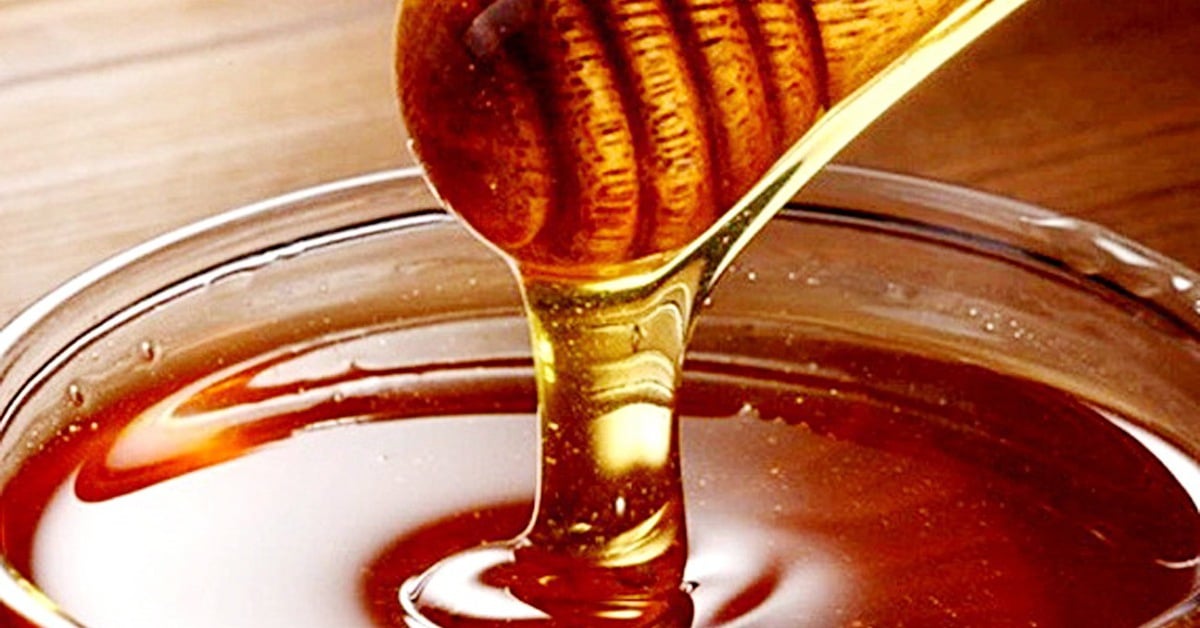

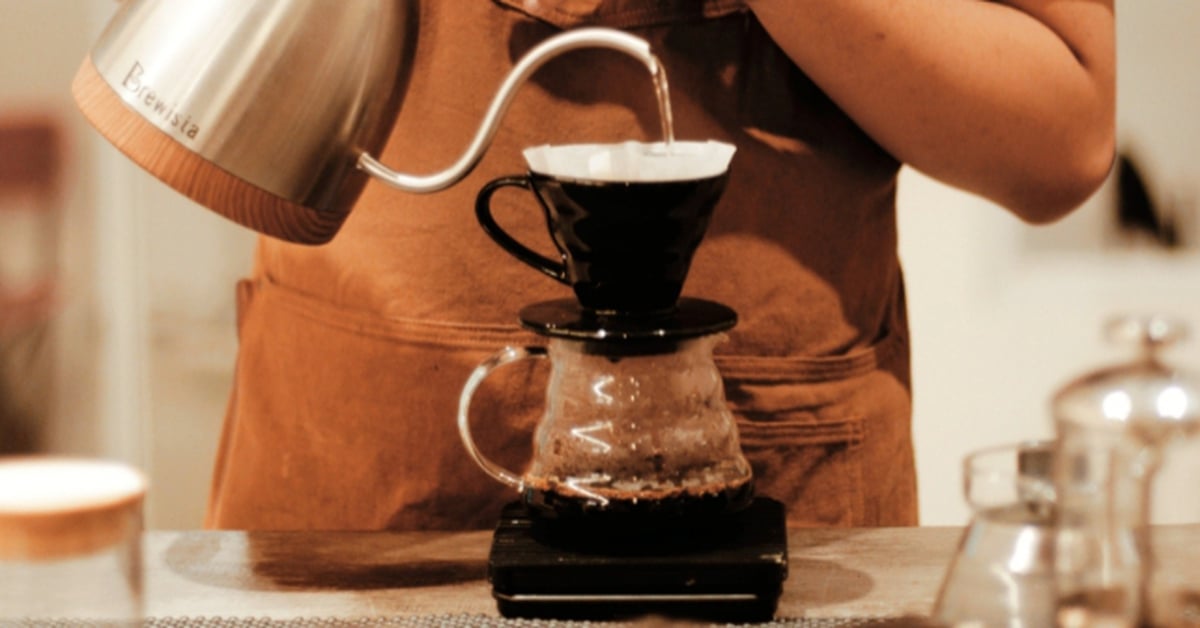

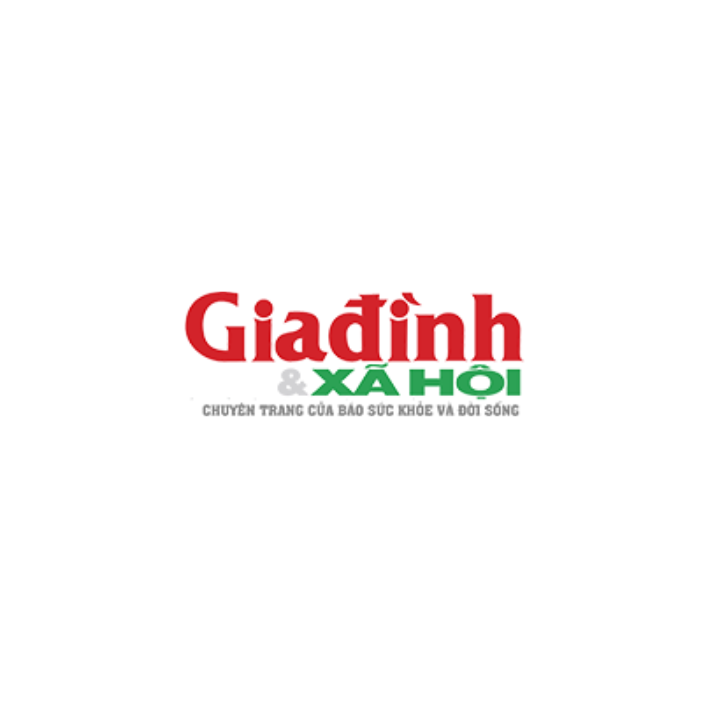
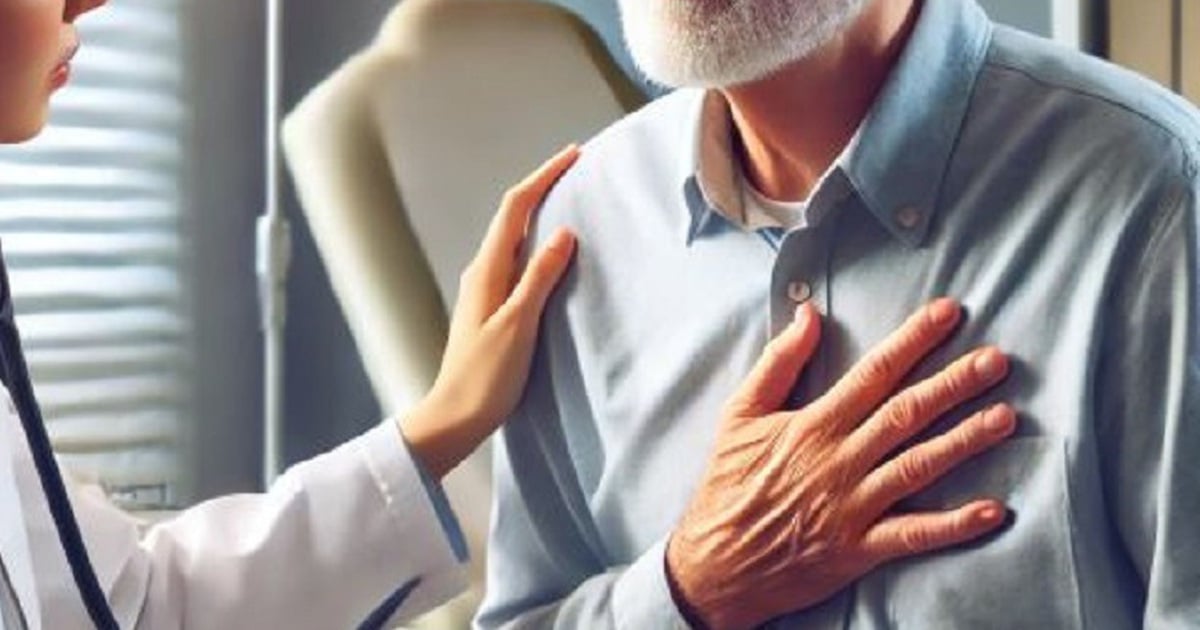


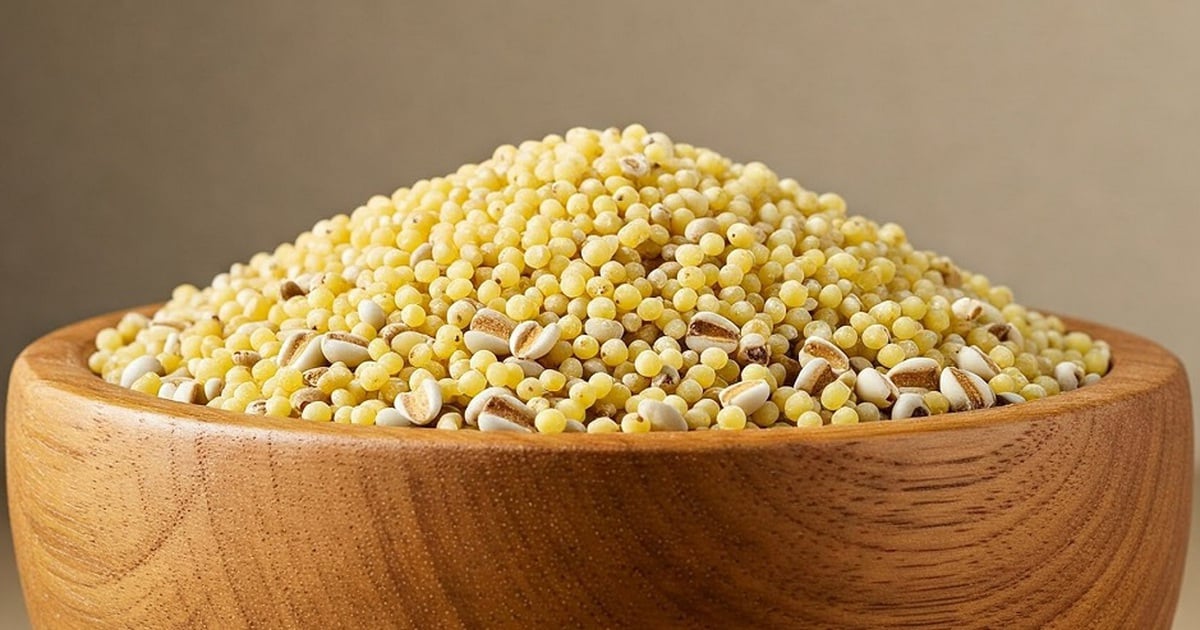

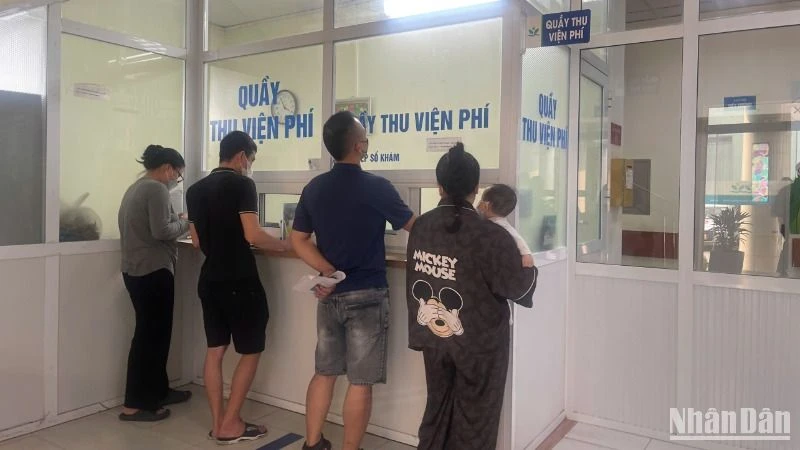
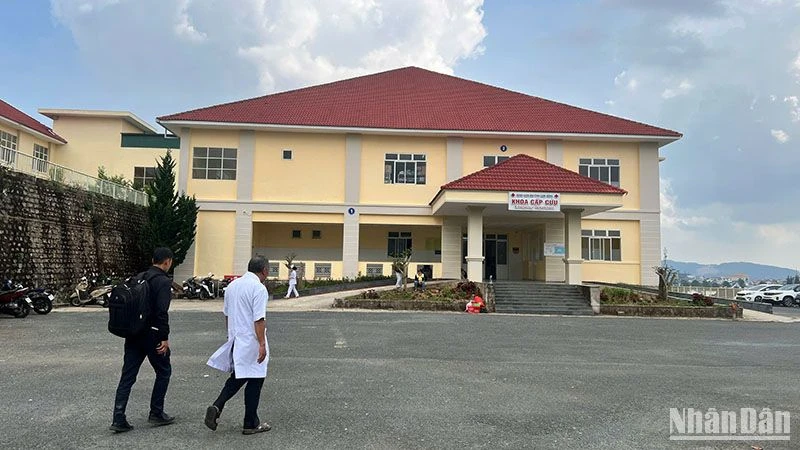




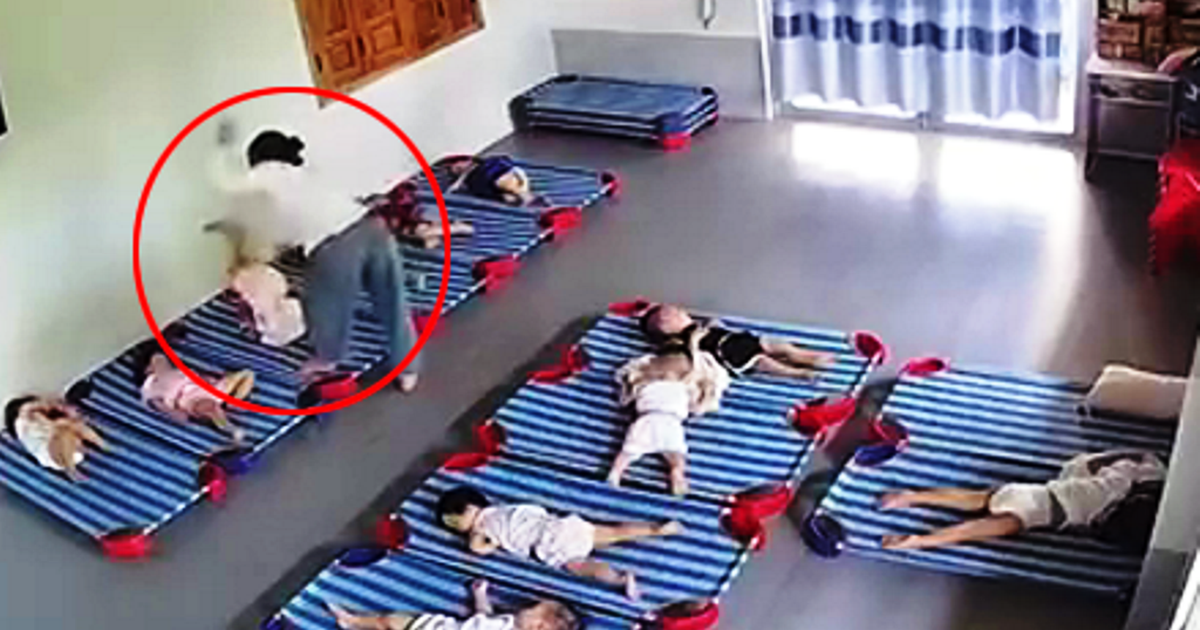
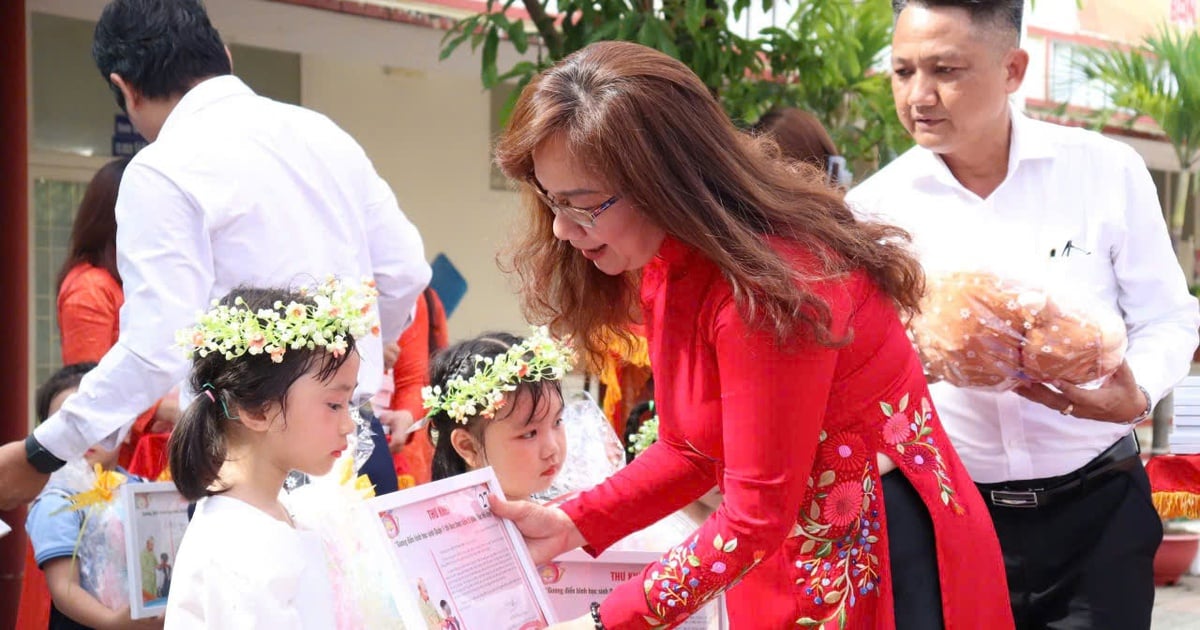
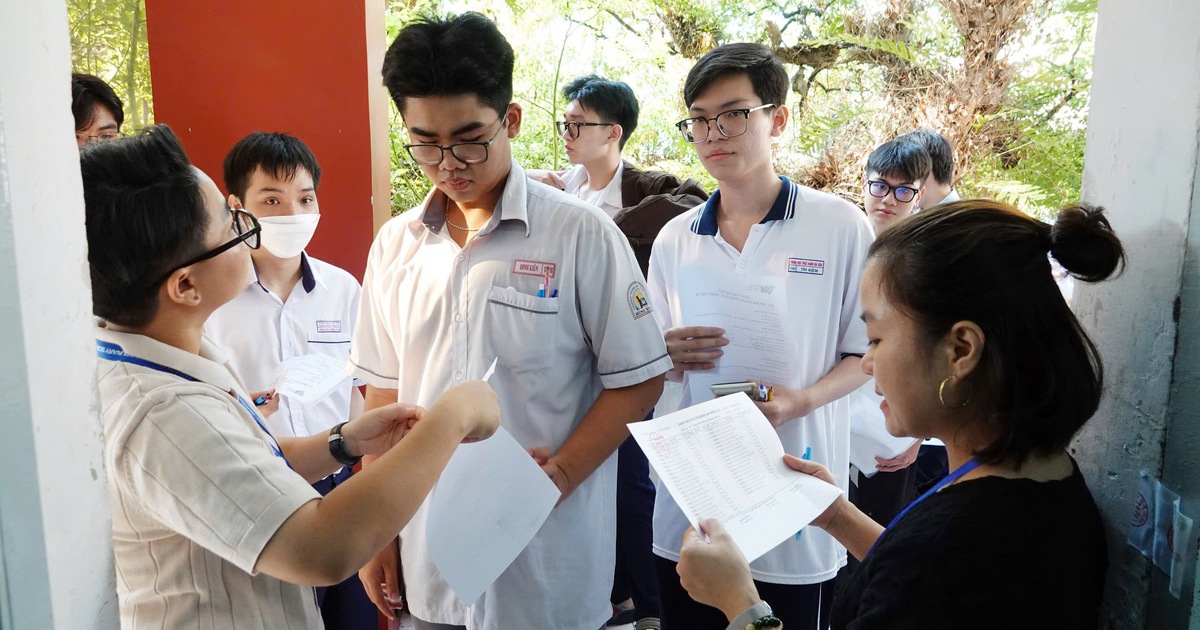
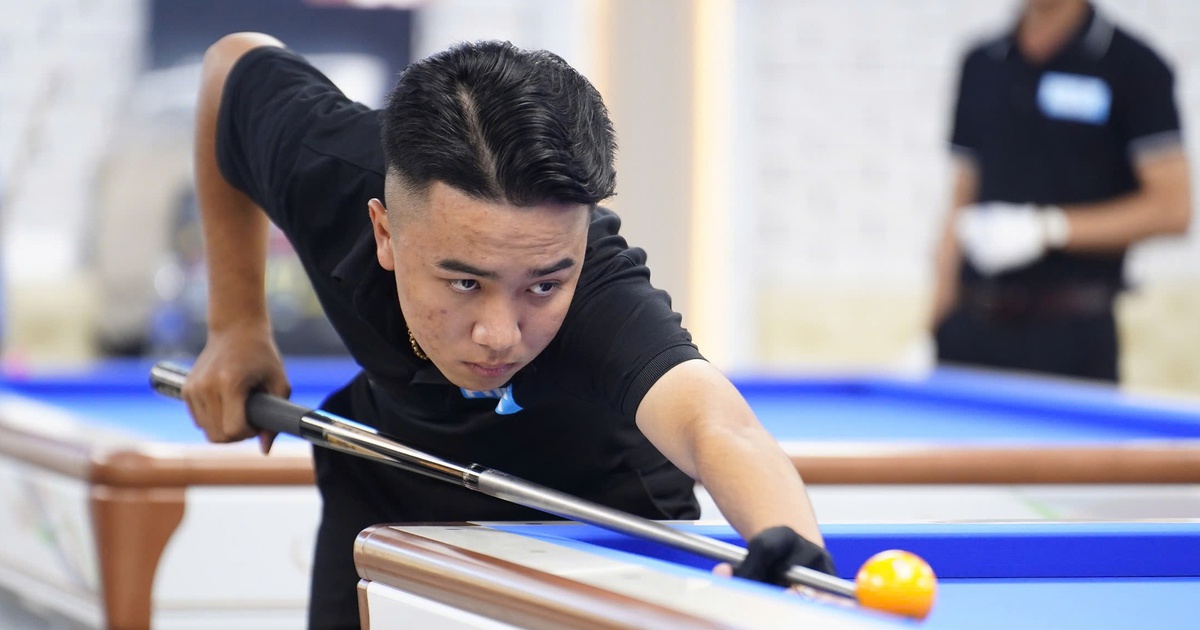

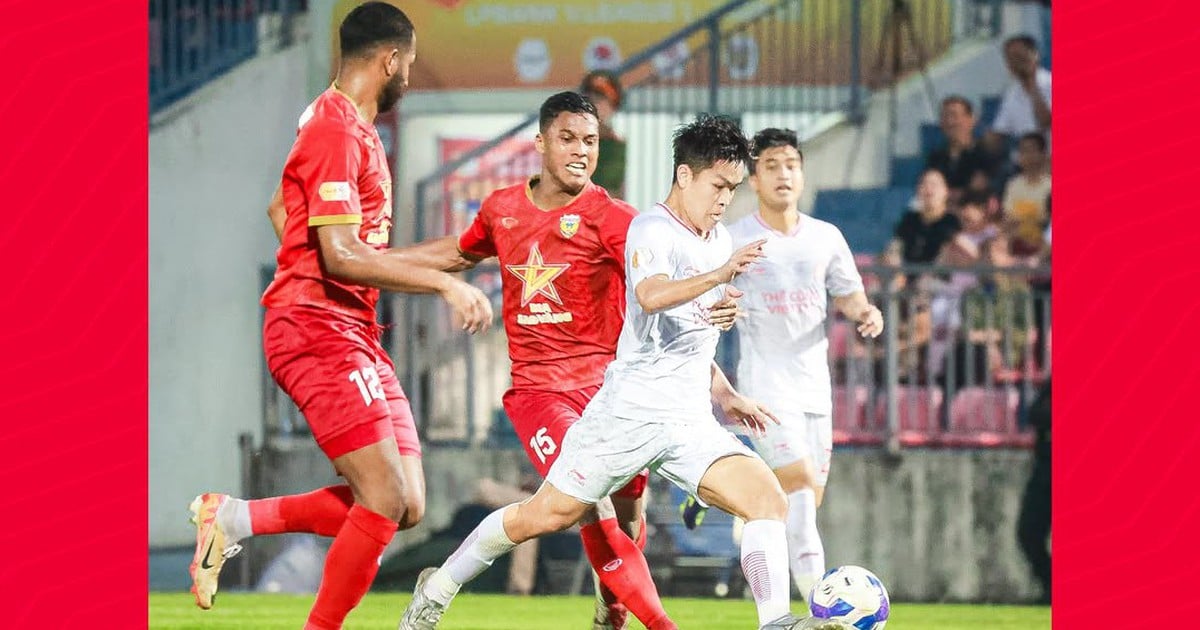
![[Photo] Summary of parade practice in preparation for the April 30th celebration](https://vstatic.vietnam.vn/vietnam/resource/IMAGE/2025/4/11/78cfee0f2cc045b387ff1a4362b5950f)













































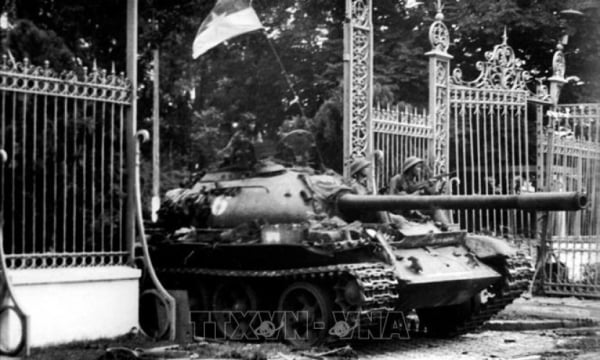


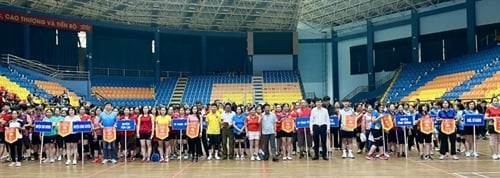











Comment (0)